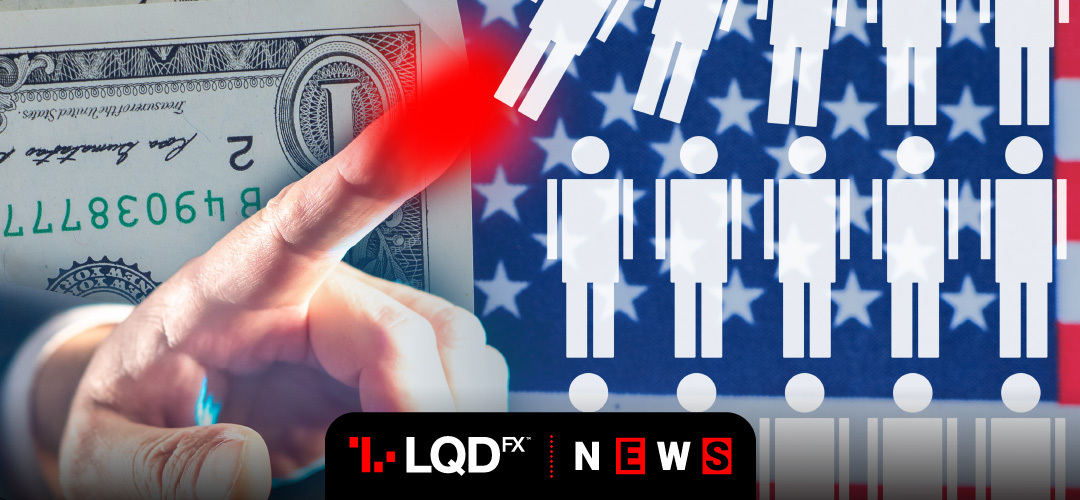Weekly jobless claims posted a surprise increase, the strongest signal yet that more fiscal support would be necessary to support the US labour market.
The economic recovery from the COVID-19 pandemic is running out of steam amid diminishing government funding.
The Labor Department’s report on the economy showed 870,000 Americans applied for unemployment benefits in the week ended Sept. 19. Job cuts have spread to industries such as financial services and technology that were not initially impacted.
Claims are above their 665,000 peak during the 2007-09 Great Recession. Though applications have dropped from a record 6.867 million at the end of March.
As businesses shuttered and millions hit the unemployment line last spring, the dourest predictions saw the United States heading for years of massive joblessness.
Federal Reserve policymakers called on the U.S. government to provide more fiscal support. Fed Chair told lawmakers that Congress and the U.S. central bank needed to “stay with it” in working towards the economy’s recovery. U.S. policymakers may struggle to reach an agreement to push for more fiscal stimulus after the November elections.
Appetite for riskier assets soured after data on Wednesday showed US labor market recovery unexpectedly stopped in September.
EU health officials urged Europeans and their governments not to let their guard down.
Investors are also keen for clues as to whether the Bank of England intends to cut interest rates to below zero. BoE governor Andrew Bailey is due to speak later on Thursday.
START TRADINGForex – US labour market recovery unexpectedly stops
Concerns over the resilience of an economic recovery globally amid a second wave of coronavirus infections grow. Safe-haven currencies, including the Japanese yen and the Swiss franc held firm.
The U.S. dollar held at a two-month high on Thursday as investors sought its safe-haven appeal. The dollar index edged up 0.1% to a two-month high at 94.56. It is up nearly 2% so far this week as economic momentum shows signs of fading. It fell to an April 2018 low of 91.8 at the end of August.
The Australian dollar fell 0.45% to $0.7042, near its weakest since July 21.
The pound edged higher on Thursday after British finance minister announced a new job support scheme. But Rishi Sunak said the government won’t save every job.
Versus the dollar, sterling was up 0.2% at $1.2751, after hitting a two-month low of $1.2676 on Wednesday. Against the euro, sterling was up 0.3% at 91.28 pence.
Sterling has its worst month in four years. New coronavirus lockdown measures, the risk of a no-deal Brexit and talk of negative rates weigh on the currency. Sterling has lost 4.4% against the dollar in September so far.
Oil prices steadied on Thursday. A fall in U.S. inventories last week was tempered by a stronger dollar and a renewed wave of COVID-19 cases in Europe.
Brent crude futures were up 10 cents, or 0.2%, to $41.87 a barrel by 1100 GMT. U.S. WTI crude futures rose 8 cents, or 0.2%, to $40.01 per barrel.
PLEASE NOTE The information above is not investment advice.
Sources: Reuters, Investing, CNN money
